Learning News Kindergarten
Miss Sophie Goodman

Learning News Kindergarten
Miss Sophie Goodman
Please encourage your child to continue to practise writing their name and writing numbers at home with the correct formation!
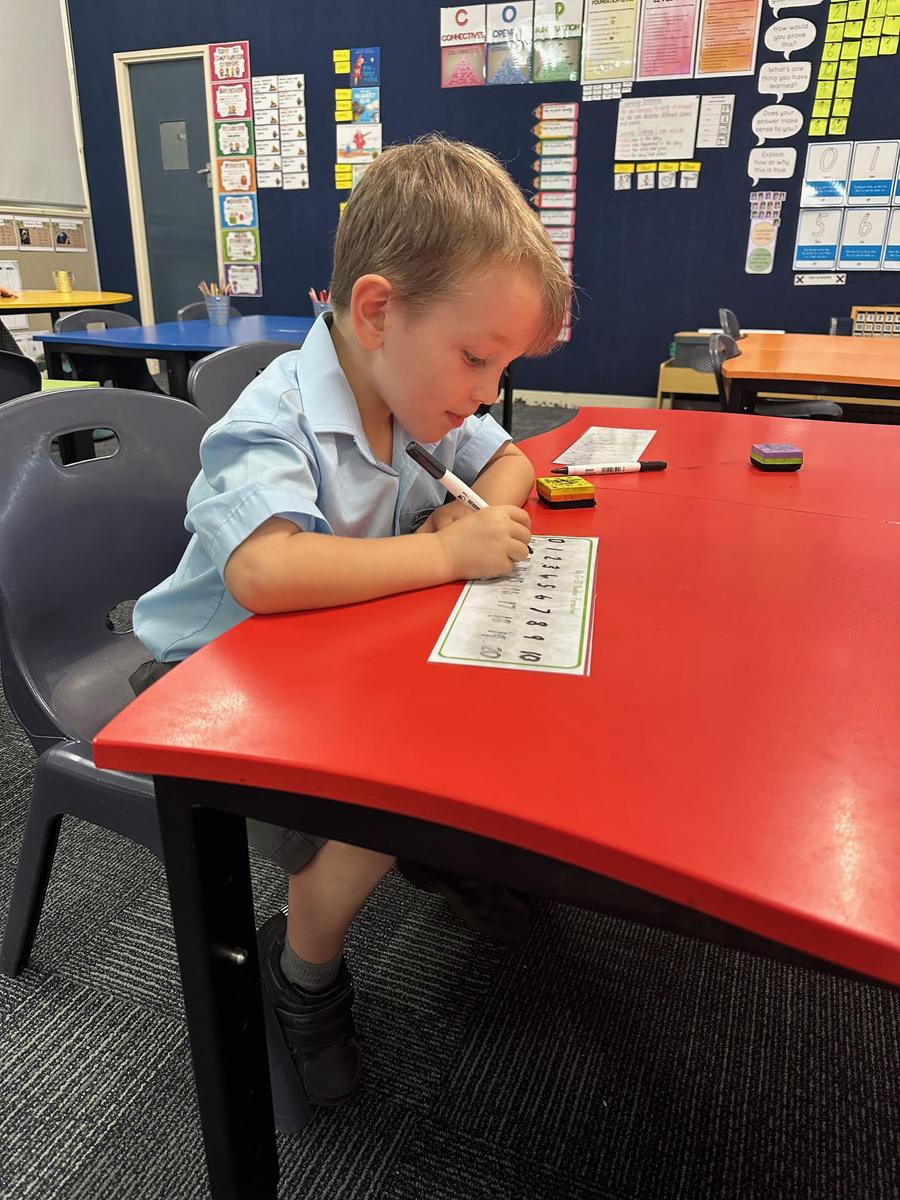
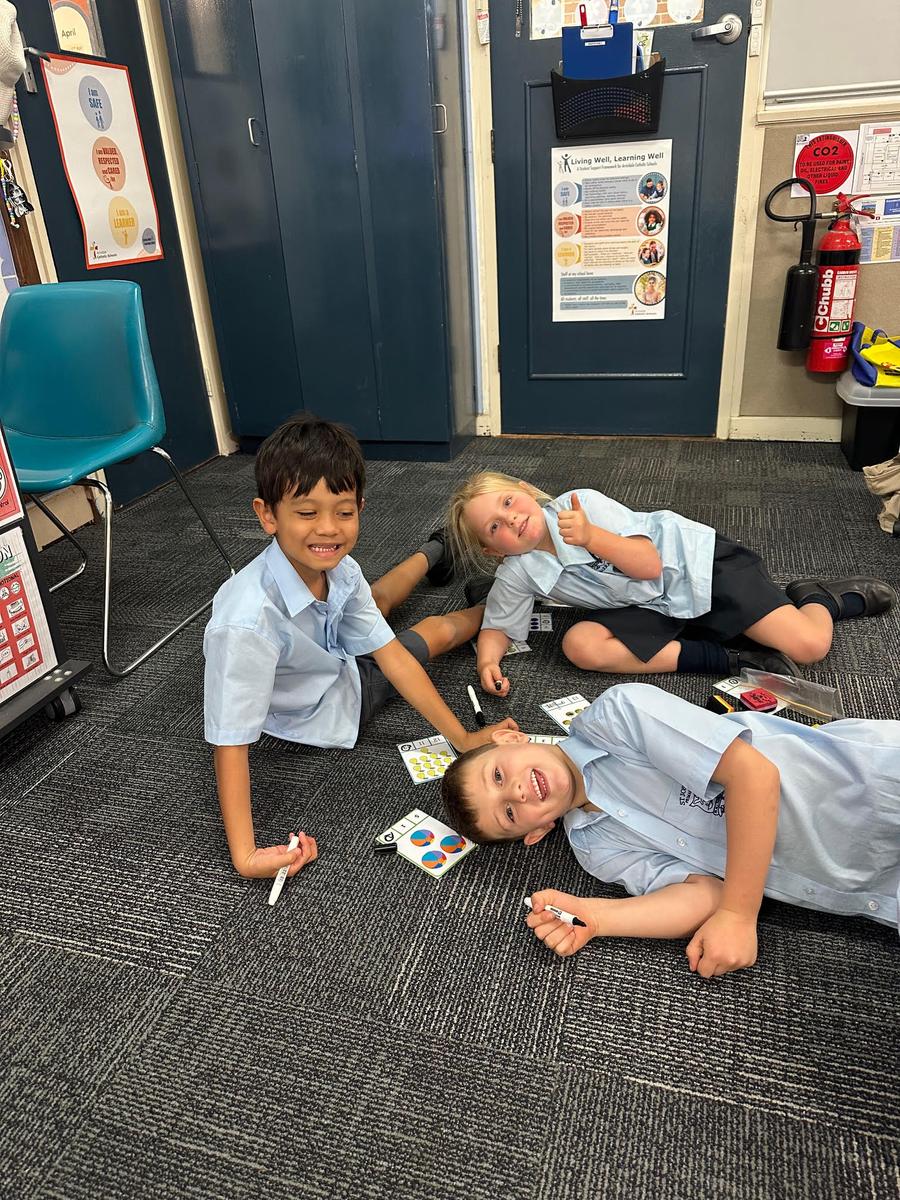
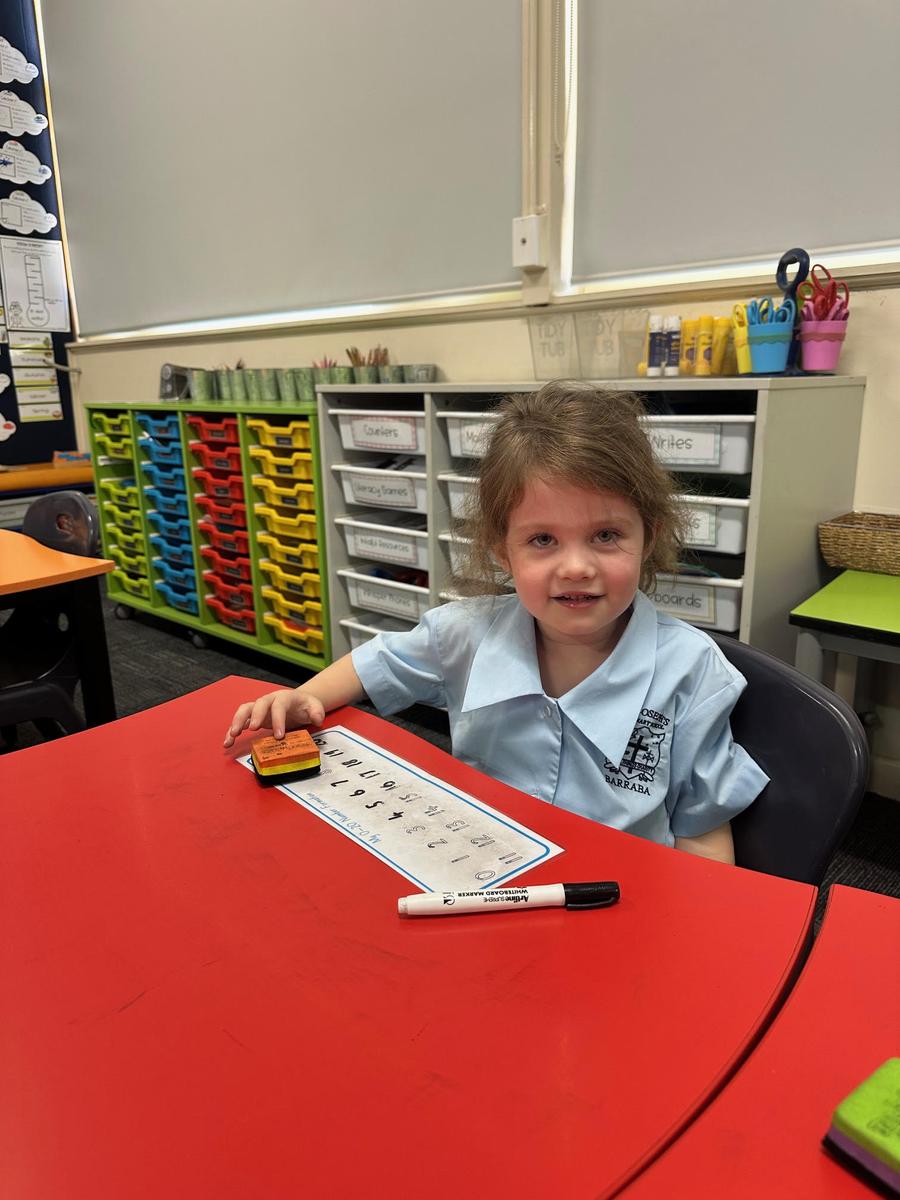
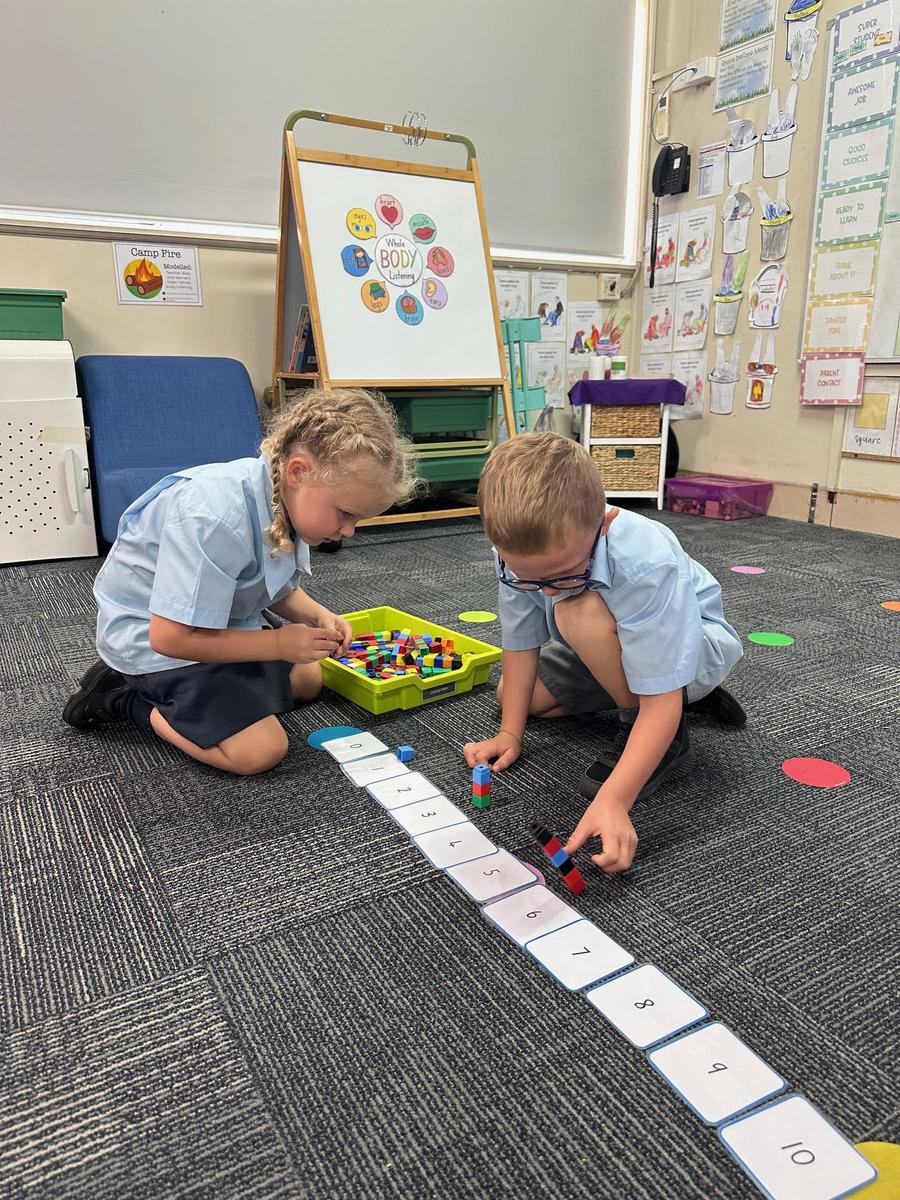
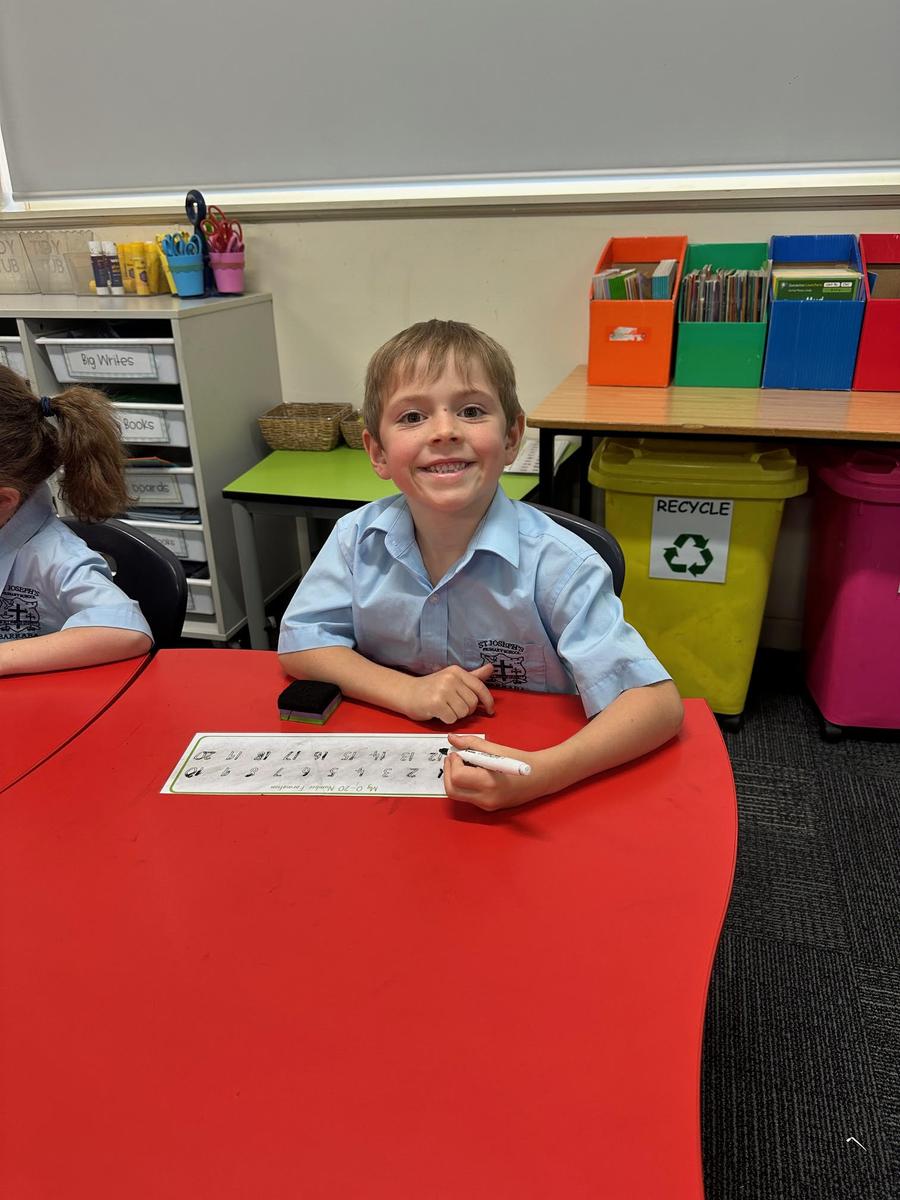
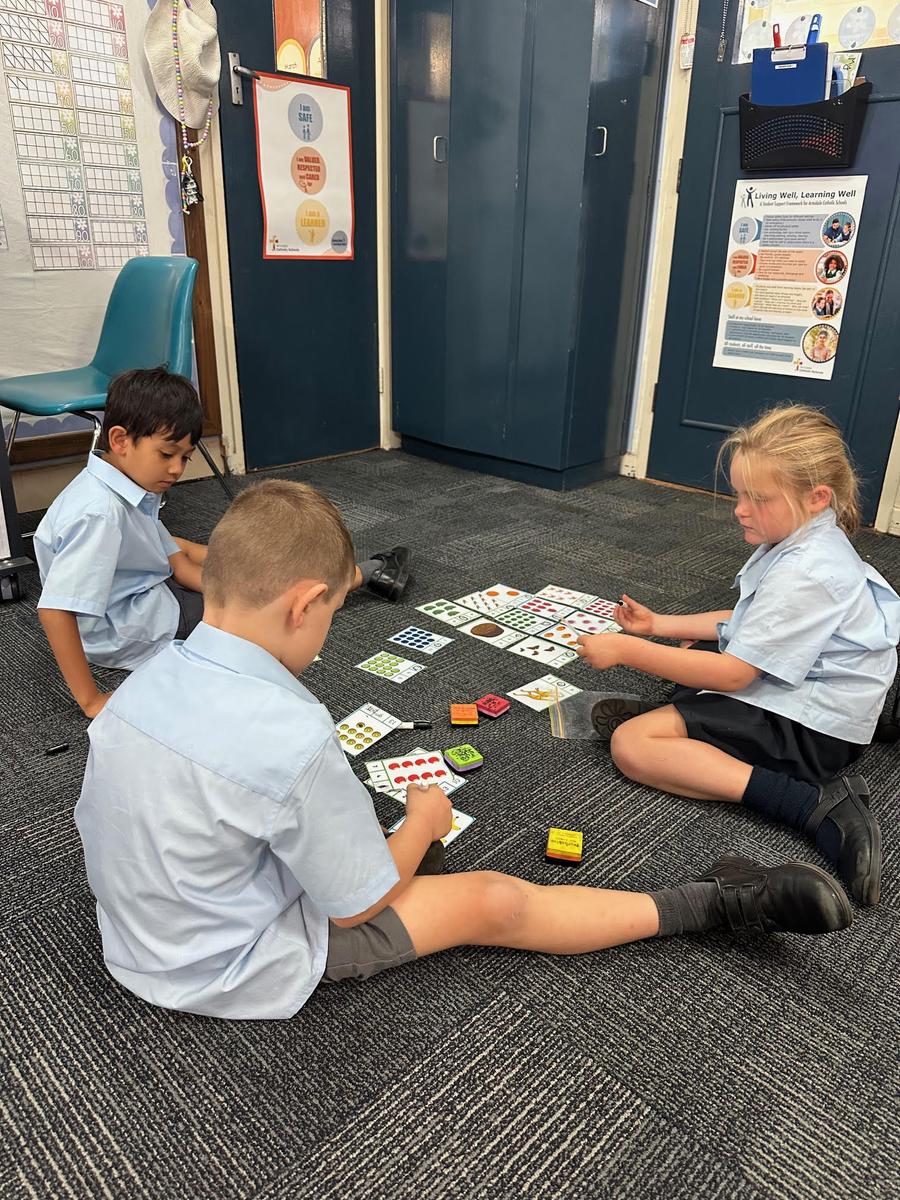
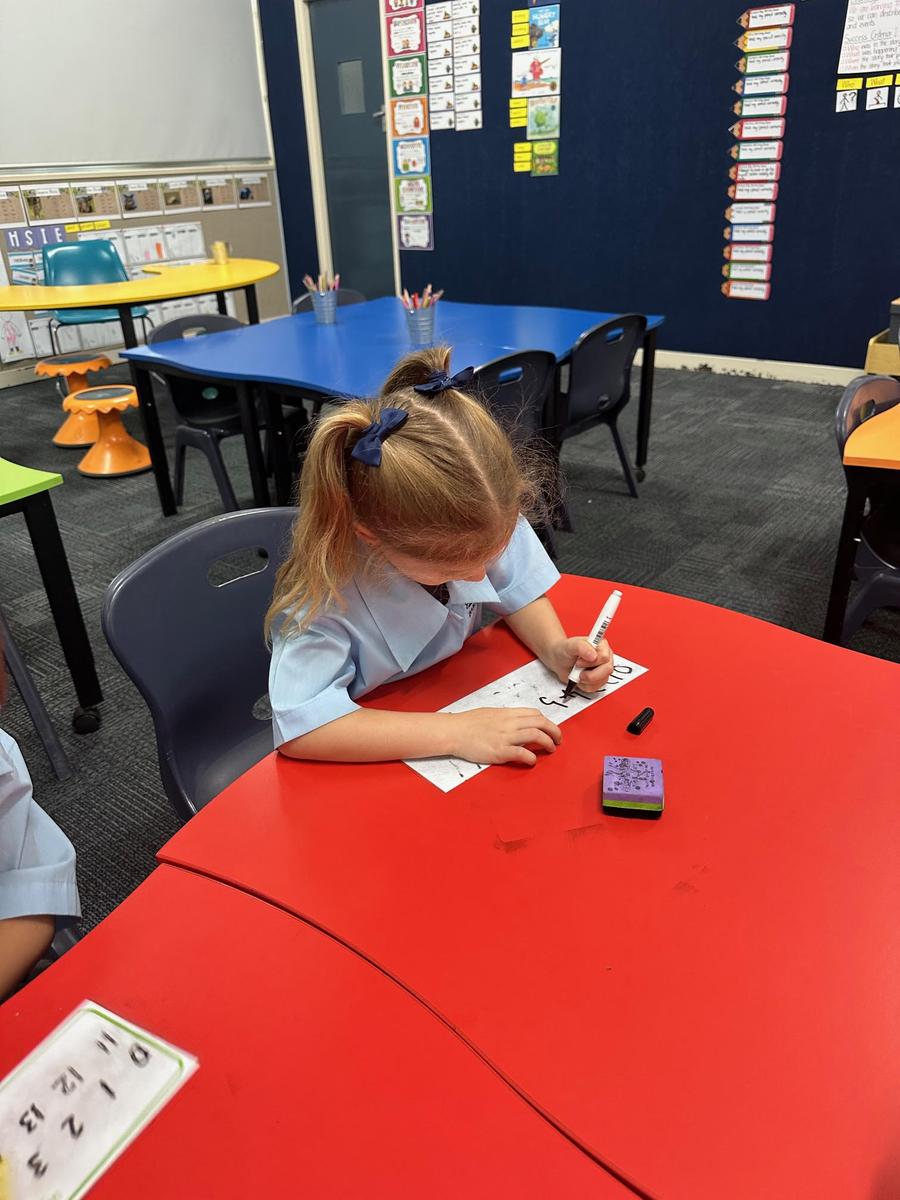
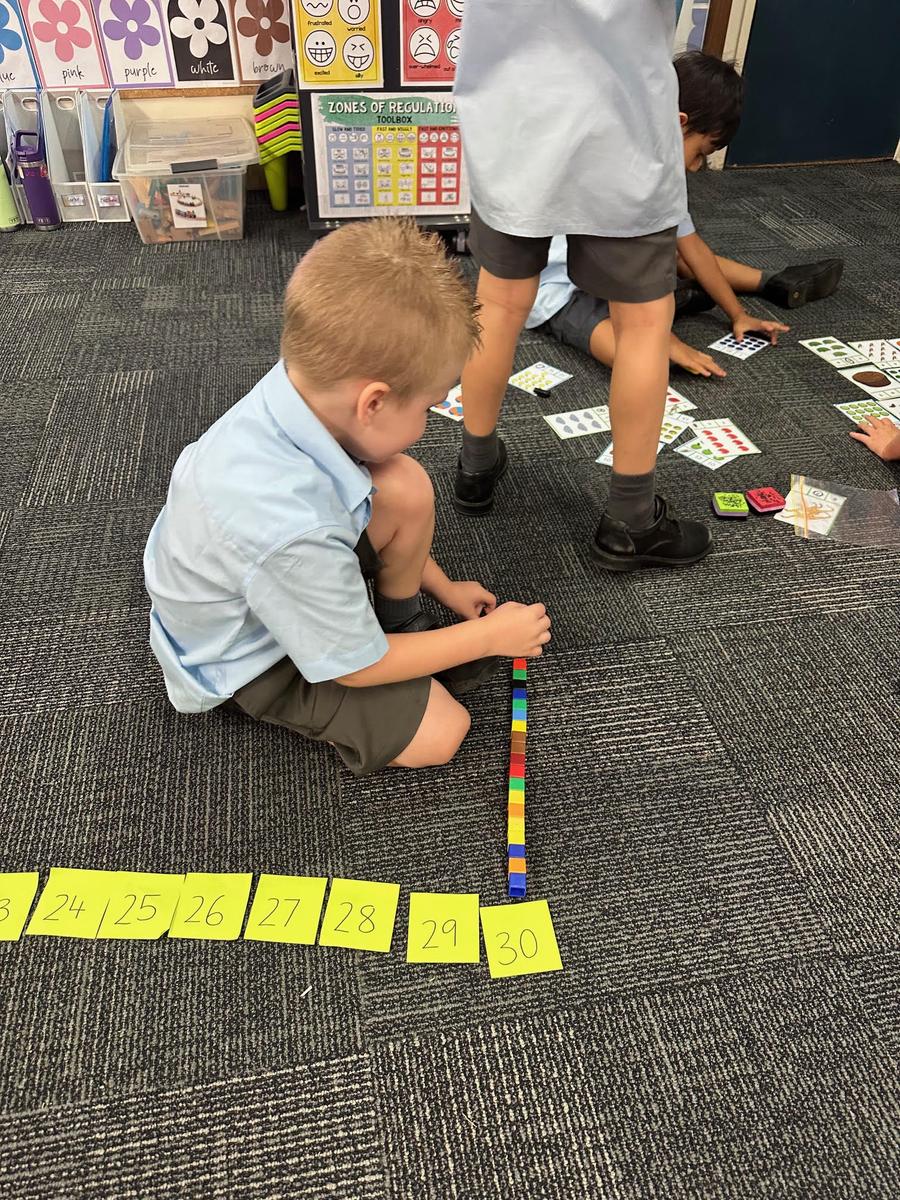








InitiaLit
Please continue to practice the letters m, s, t, a and p and what sounds they make. We have also been learning how to segment and blend words this week - this means we are breaking up words into sounds and putting them back together again! Here are some fun and engaging ways to segment and blend words at home.
Sound Boxes
What to do: Draw a series of boxes on a piece of paper (one for each sound in a word). For example, the word "cat" would have three boxes: one for /c/, one for /a/, and one for /t/.
How to use it: Say the word slowly and have the child move a token or a small object (like a button or bead) into each box as they say each sound. This helps them break the word into its individual sounds (segmenting).
Blending activity: After doing segmenting, ask the child to say the sounds in order and blend them together to say the word.
Clapping & Tapping
What to do: Clapping or tapping can be a fun way to segment words.
How to use it: Say a word and have the child clap or tap their hands as they say each individual sound. For example, "dog" would have three claps/taps (d-o-g). For blending, the child can clap each sound and then blend them together to say the word.
Simon Says
What to do: Play Simon Says. When giving instructions, segment the action you want your child to do. For example, "H-o-p on one leg. C-l-a-p 3 times".
Animal Blending
What to do: Choose animal names (like "cat," "dog," or "fox").
How to use it: Say the animal's name in parts, like f-o-x for "fox," and have the child blend the sounds together. Once your child has blend the word together, get them to act like that animal!
Segmenting & Blending in the car
What to do: While driving in the car, you could practice segmenting and blending words with your child. When segmenting, we say that we are breaking up the word or stretching it out!
Examples: cat (c - a - t), dog (d - o - g), hat (h - a - t), man (m - a - n), sun (s - u - n),
pin (p - i - n), cup (c - u - p), bat (b - a - t), log (l - o - g), mat (m - a - t), cake (c - a - ke),
mail (m - ai - l), rain (r - ai - n), bike (b - i - ke), tree (t - r - ee), goat (g - oa - t), coat (c - oa - t), rain (r - ai - n), seat (s - ea - t), feet (f - ee - t), sheep (sh - ee - p)
Maths
We are going to be learning to sequence events in Weeks 9 & 10. By the end of our two week unit, students will need to be able to:
✓ Use terms such as daytime, night-time, morning, afternoon, today, tomorrow, yesterday, before, after and next;
✓ Sequence events in time;
✓ Compare the duration of two events.
✓ Recall that there are seven days in a week;
✓ Name and order the days of the week;
✓ Identify events that occur daily and relate events to a particular day or time of day.
Here are some activities to work on at home:
Even though we have finished our number unit, it is extremely important to continue to work on number recognition!
Ways to encourage number recognition |
|---|
Number Hunt Hide numbers around the house (on sticky notes or cards). Ask your child to find specific numbers and bring them to you. |
Number Flashcards Create or buy number flashcards with large, clear numbers. Show the cards to your child and have them identify the numbers. In Kindergarten, we primarily focus on numbers from 0-30, but please extend to higher numbers if your child is confident! |
Number Matching Games Create a matching game with number cards and sets of objects (like groups of buttons, blocks, or other small items). Have your child match the number to the correct quantity. |
Create a number chart Make a number chart (1-100) and display it somewhere prominent in your home. Refer to it often. |
Numbers in our daily lives Point out numbers in the world around you, such as on clocks, house numbers, packaged items or even street signs. |
Number Magnets Use magnetic numbers on the fridge or any magnetic surface. Let your child play with them, arranging and recognising the numbers. |